They were on the fourth day of what was supposed to be an easy five-day paddle around the north side of Lake General Carrera, the vast turquoise-watered glacial lake which straddles the border of Argentina and Chile.
Doug Tompkins – millionaire philanthropist and co-founder of the clothing companies North Face and Esprit – shared a two-person kayak with Rick Ridgeway, 66, a veteran mountain climber and environmentalist who made the first American ascent of K2. Yvon Chouinard, 77, founder of clothing company Patagonia, was in a kayak with Jib Ellison, founder and CEO of sustainability consulting firm Blu Skye. With them were river conservation advocate Weston Boyles, 29, and Laurence Alvarez-Roos, 49, co-owner and guide at Bio Bio Expeditions, an adventure travel outfitter based in Chile and California.
Douglas Tompkins, co-founder of North Face, dies after Chile kayak accident
Read more
Ahead of the trip, Tompkins, 72, had described the planned 30km paddle with his longtime buddies as “just for old times’ sake, to keep our hand in there and get a little bit of muscle tone.”
Lake General Carrera is the size of an inland sea, 21 times larger than Manhattan, with temperatures ranging that dip to 4C (39F), even in the summer months. Around the lake, mountains rise up on all sides forming a highly variable microclimate – the weather can turn from sunny and calm to snowing with gale-force winds in a matter of hours. The route the six men had plotted – from Puerto Sánchez to Puerto Ingeniero Ibáñez – took them past cathedrals of marble carved over the millennia by the waves.
On Tuesday – the fourth day of the trip – wind gusts picked up over the course of the morning until the kayakers were battling 2.5-meter swells in 60kmph winds. To the group sitting in their sea kayaks, only millimeters from the water, the waves must have looked like mountains.
In the churning water, Tompkins and Ridgeway capsized. Unable to right their kayak, the pair held on to their boat while the other members of their group attempted to coordinate a rescue.Using a satellite phone, the group called for a helivac while Ellison and Boyles attempted to pull Tompkins from the water. At some stage, he lost consciousness.
In an interview with La Tercera, the co-pilot of the rescue helicopter said the craft had no mechanism to airlift Tompkins directly from the water. Instead, in his own kayak, Boyles held on to Tompkins’ body and grabbed a short rope dropped from the helicopter’s door. The aircraft dragged them slowly due to the size of the waves and the danger of catching the rope in the machine’s propeller.
By the time the craft had towed the two to shore, Tompkins had been in the water for more than an hour.
Peter Hartmann, a local environmentalist and a longtime collaborator with Tompkins on conservation initiatives, watched the rescue from the edge of the lake.
“I have bathed in these waters, but you can’t last more than five minutes,” said Hartmann. “No one can last an hour in.”
doug tompkins north face map south america
He said that the group was perhaps too confident for the lake’s fickle conditions. They appeared to be clad in windbreakers instead of wetsuits.
“It is easy for this to happen,” said Hartmann. “I have been out there on a kayak, with the wind to my back – advancing with the wind – and in the moment the wind shifts, you are liquidated.”
By the time Tompkins reached the hospital in the town of Coyhaique, he had stopped breathing, and his body temperature had dropped to 19C (66.2F).
Tom Butler, editorial projects director for Conservacion Patagonica – the land trust founded in 2000 by Tompkins and his second wife – described the accident as a “total shock” to his family and friends.
“Truthfully, it’s a bit ironic,” said Butler. “This is a guy who was a world class mountaineer, multiple first ascents on many continents and multiple first descents as a whitewater kayaker. He had done a lot of really dangerous things in remote, wild places for his entire life, and here he is, on a sort of easy-going camping trip with his old buddies, and should end up perishing in an accident – it is not what any of us ever expected.”
Not only was Tompkins an experienced outdoorsman and respected environmentalist – he had also launched two billion-dollar retail companies: outdoor apparel company the North Face and women’s clothing manufacturer Esprit.
In the course of his career as a conservationist, Tompkins, originally from Ohio, had preserved some 2.2m acres of land in Chile and Argentina with his wife, Kristine McDivitt Tompkins, former CEO of Patagonia.
The pair had already converted 480,ooo acres of their holdings to five national parks. At the time of his death, Tompkins was in the process of working with the Chilean government to convert the rest of the land into an additional seven parks.
The path was not always smooth, however. As a foreigner, he was at first regarded by many Chileans with suspicion. He was at various points accused of being a spy, of buying up land to create a Zionist enclave, and of planning to ship Chile’s fresh water to parched lands overseas.
Jimmy Langman, editor of local outdoor magazine Patagon Journal, described Tompkins as responsible for establishing a conservation ethic in Chile and Argentina. “I remember coming here the first time in 1996, and if you were talking about environmental issues you were looked upon as a radical, almost a communist. It was taboo to advocate for environmental causes,” said Langman, who believes Chileans came to embrace Tompkins in the last years of his life. “What he was doing for conservation has been a complete turnaround.”
Tompkins’ origins as an environmentalist lie in the early 60s, when the high-school dropout spent several years climbing and skiing everywhere from Colorado to South America. An early adventure junkie, he opened the North Face in 1964 with his first wife, Susan. Four years later, they launched Esprit.
That same year, Tompkins suggested a trip to Patagonia to his friend Yvon Chouinard, who was at that time making climbing hardwear. Two weeks later, they loaded a Ford Econoline with surfboards and climbing gear in Ventura, California, and headed south. After four months driving down the Pan-American Highway, the pair reached Mt Fitzroy on the border between Chile and Argentina, where they established a new route to the summit. Both men described it as the best and most important expedition of their lives.
“That trip had a big influence on both Doug and I,” said Chouinard, who five years later founded the Patagonia clothing company, which operates under a mandate to take care of the environment. “It set the course for what we were going to do later in life.”
In his autobiography Let My People Go Surfing, Chouinard credits Tompkins with introducing him to whitewater kayaking – and with mentoring him at a critical time in his company’s life. “Doug also had a visceral dislike for authority,” writes Chouinard, “and always relished breaking the rules.”
Patagonia’s controversial new national park
Read more
Tompkins sold his share of the North Face in 1969, and in 1989 – when he and his first wife were divorced – he sold his half of Esprit, and shifted his focus to deep ecology.
“I just realized at least what I was doing was making a lot of stuff that nobody needed and pushing a consumerist society,” said Tompkins in a video from Conservacion Patagonica. “So I went to do something else.”
He began to invest in conservation groups in Patagonia and offer grants to local environmental groups. Feeling a growing sense of urgency about proposed dam projects and encroaching oil and gas developments, he then started to plow his money directly into buying up land that was inexpensive and also under threat.
Inspired by the principles of Norwegian philosopher Arne Næss, he established the Foundation for Deep Ecology in 1990, concerned with re-establishing man as a member of the natural world and not its master. In 1992, he formed the Conservation Land Trust, which created Pumalín Park, a nature sanctuary and Chile’s largest public park.
The following year, he married longtime Patagonia CEO Kristine McDivitt, who helped him found the land trust Conservacion Patagonica in 2000.
“They were an eco power couple,” said Conservacion Patagonica’s Butler. McDivitt Tompkins will continue as the organization’s leader.
Butler said he felt fortunate to have spent 10 years as part of the “whirlwind of work” surrounding Tompkins, whom he described as an “inspiring, exhausting, sometimes exasperating” leader, “a brilliant man with an absolute passion to saving wild nature”.
Butler and other friends describe Tompkins as dogged in his determination and a perfectionist in all things he undertook. In the process of buying up land for what he hoped would be 12 national parks, he reforested denuded acres, cultivated sustainable farms, built visitor centers and established hiking trails. When he wasn’t able to get the right seeds for tree restoration in nearby nurseries, he opened his own.
Tompkins acknowledged the local objections to an outsider buying up land in Chile, but he believed the risks of going up against the Chilean government outweighed doing nothing: “First of all, you never know if you’re doing to right thing,” he once said. “But the way I see it, with land conservation of this type, the risk of something negative coming from this seems to be rather small compared with taking an exploitive approach.”
Hartmann described Tompkins as a visionary who took risks to experience the life he was certain was worth living. “He was very brave and that was his way of being; he always lived very intense, in that anything could happen. But he lived the life while others sat behind a desk.”
Despite developing heart arrhythmia in his latter years, he showed no signs of slowing down. National Geographic photographer and film-maker Jimmy Chin said Tompkins was still “on fire” when he undertook an expedition for the 2010 film 180 Degrees South, which recreated the 1968 trip he and Chouinard made to Patagonia. His conviction, said Chin, allowed him to take life “one battle at a time”.
Rarely appearing outdoors without a collared shirt or a cashmere sweater, Tompkins seemed determined to prove that no specialty clothing was needed on an adventure.
Sitting together in a scene from 180 Degrees South, Chouinard described his good friend as a more worried incarnation of himself: “He’s more bothered, probably, about the end of society and mankind and stuff than I am because he wants to do something about it. And I’m just kind of a laid-back zen buddhist, and just say, well, I’ll do what I can and so be it.”
Laughing, Tompkins shot back: “Well, you better tell my buddy Yvon, the good buddhist, he has to take his bodhisattva vows, which means that before self-enlightenment, one has to end the suffering in the world.”
In the aftermath of his death, Conservacion Patagonica expressed some concern over the future of his plans. “How Doug’s death will affect negotiations with the government, I don’t know,” said Butler. “But his work will have no end. The good he did in the world will not end.”
The following day, the Chilean government announced that Pumalín Park, one of Tompkins’ earliest acquisitions, will become a national park in March 2017.
• This article was amended on 15 December 20 15. An earlier version referred to Laurence Alvarez-Roos as the group’s guide, rather than a group member.



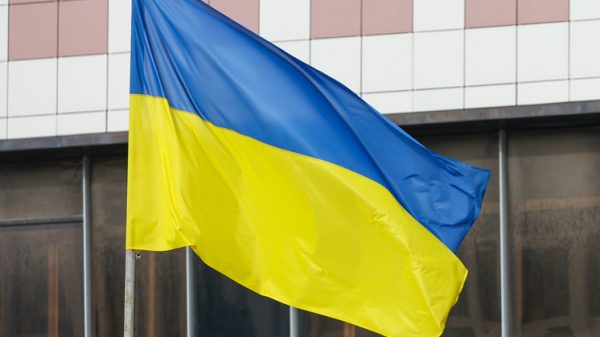
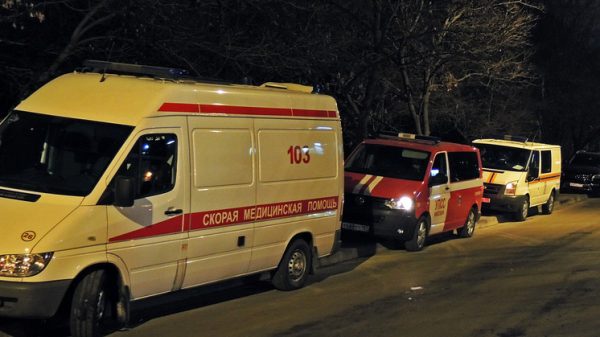
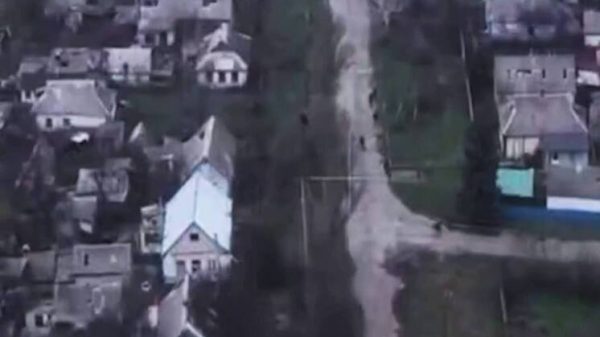

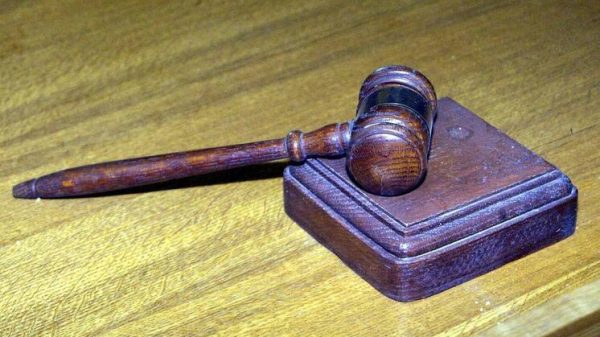




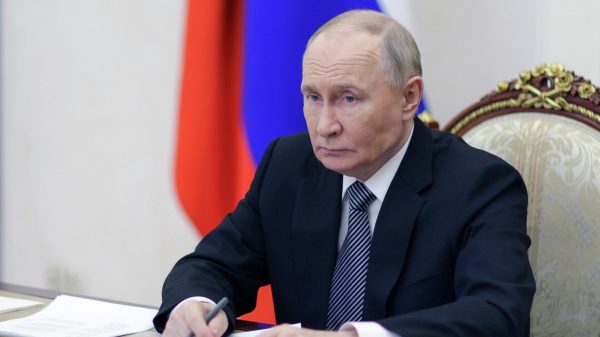
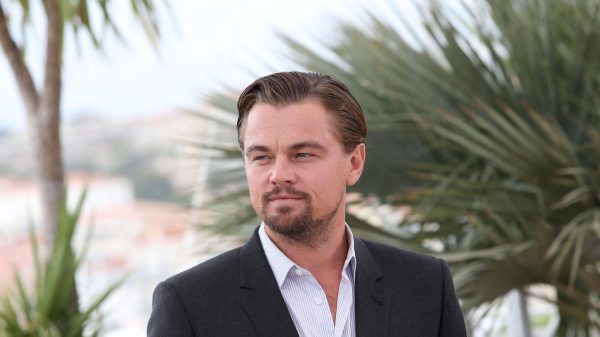
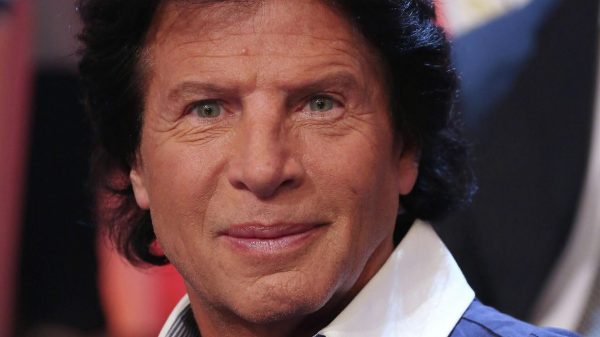
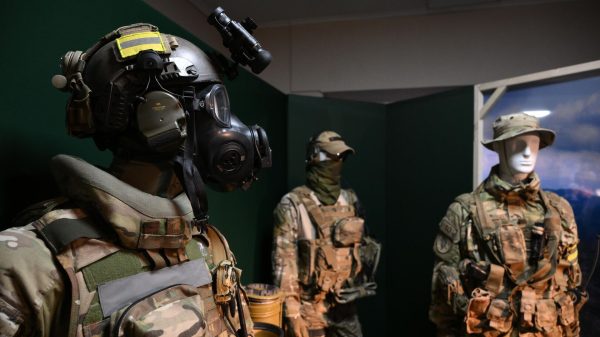
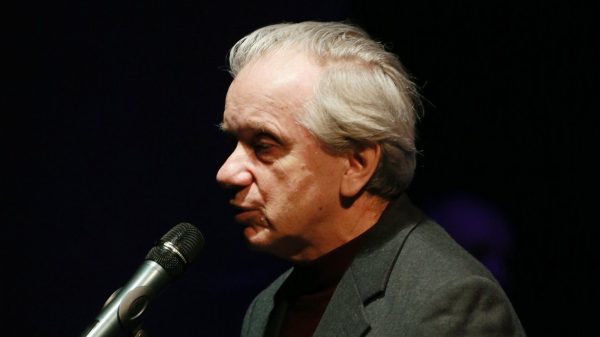
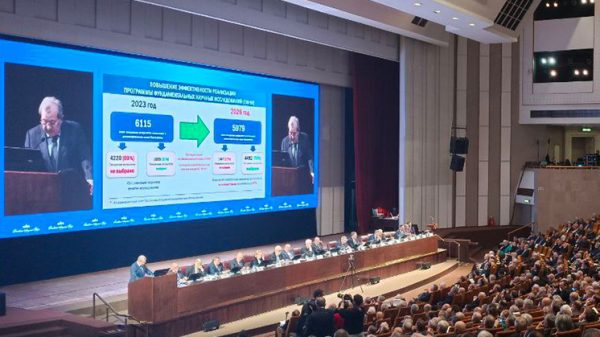
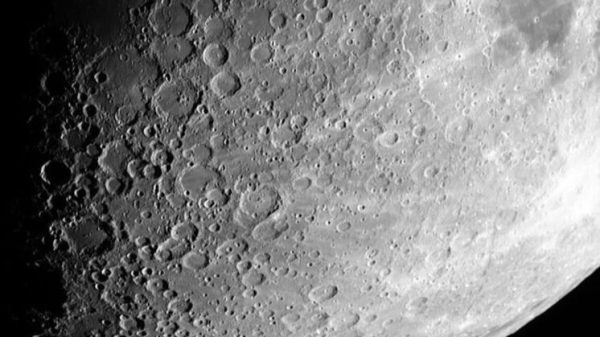
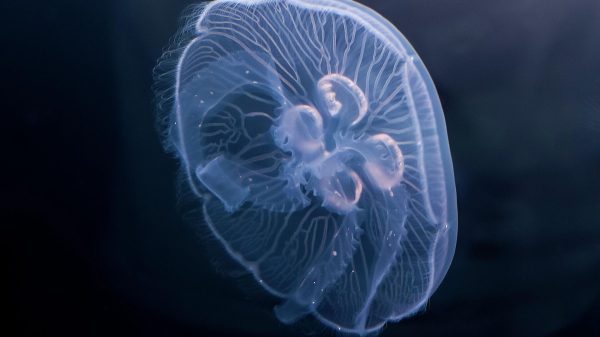
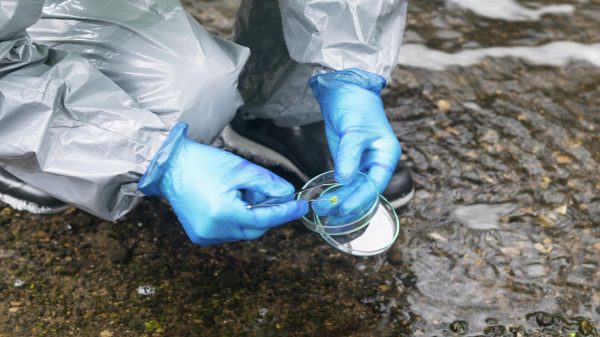
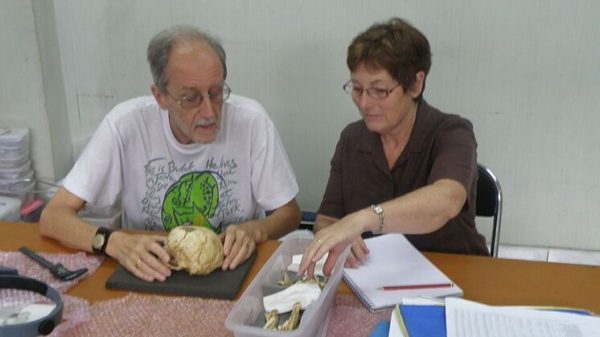





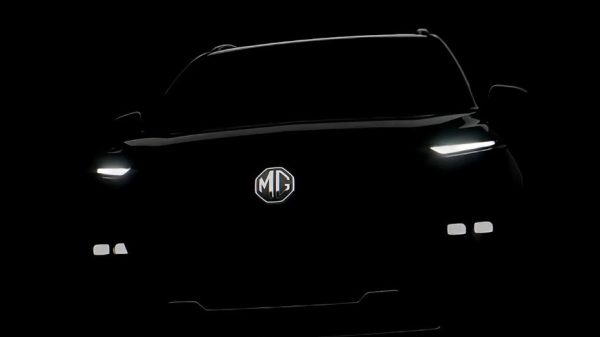

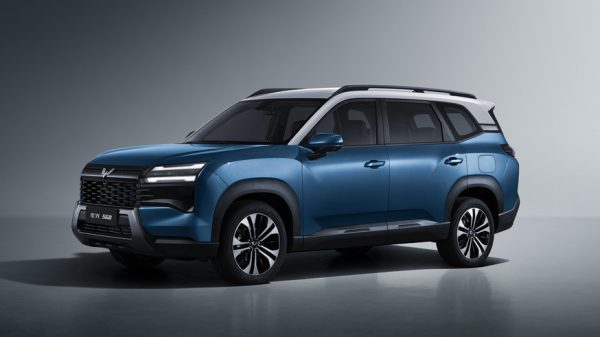
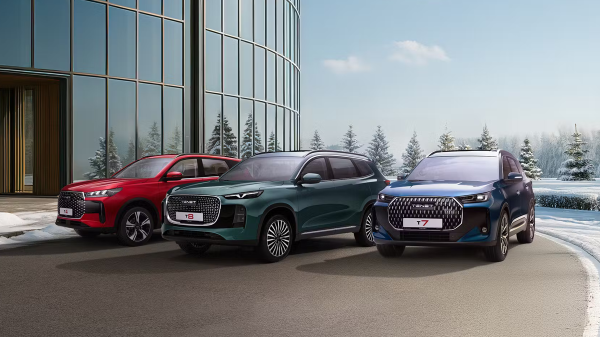
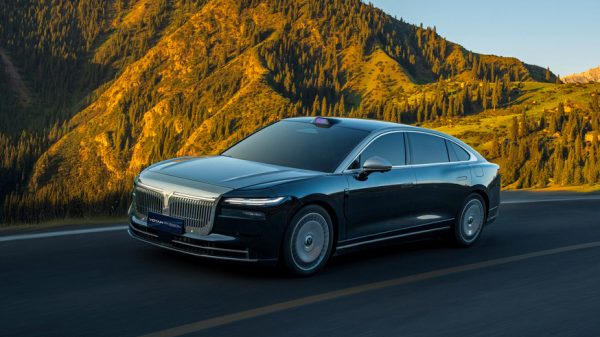

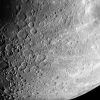




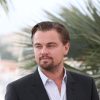
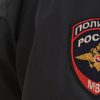

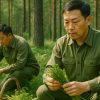
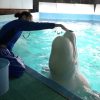
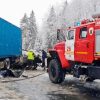
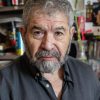

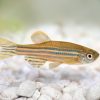
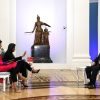

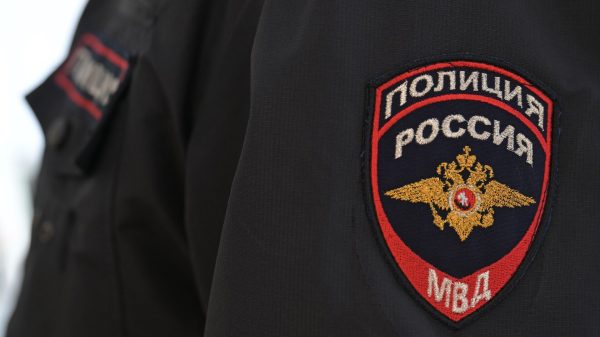
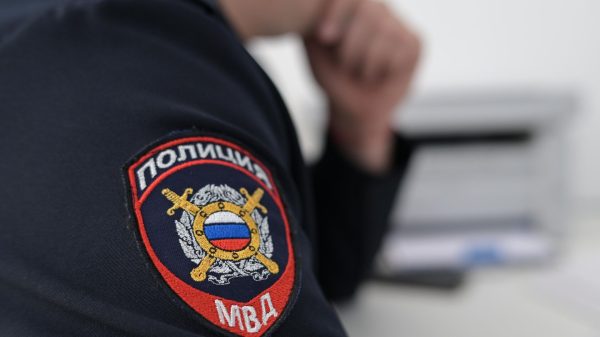
Свежие комментарии